10 of the world’s best public gardens
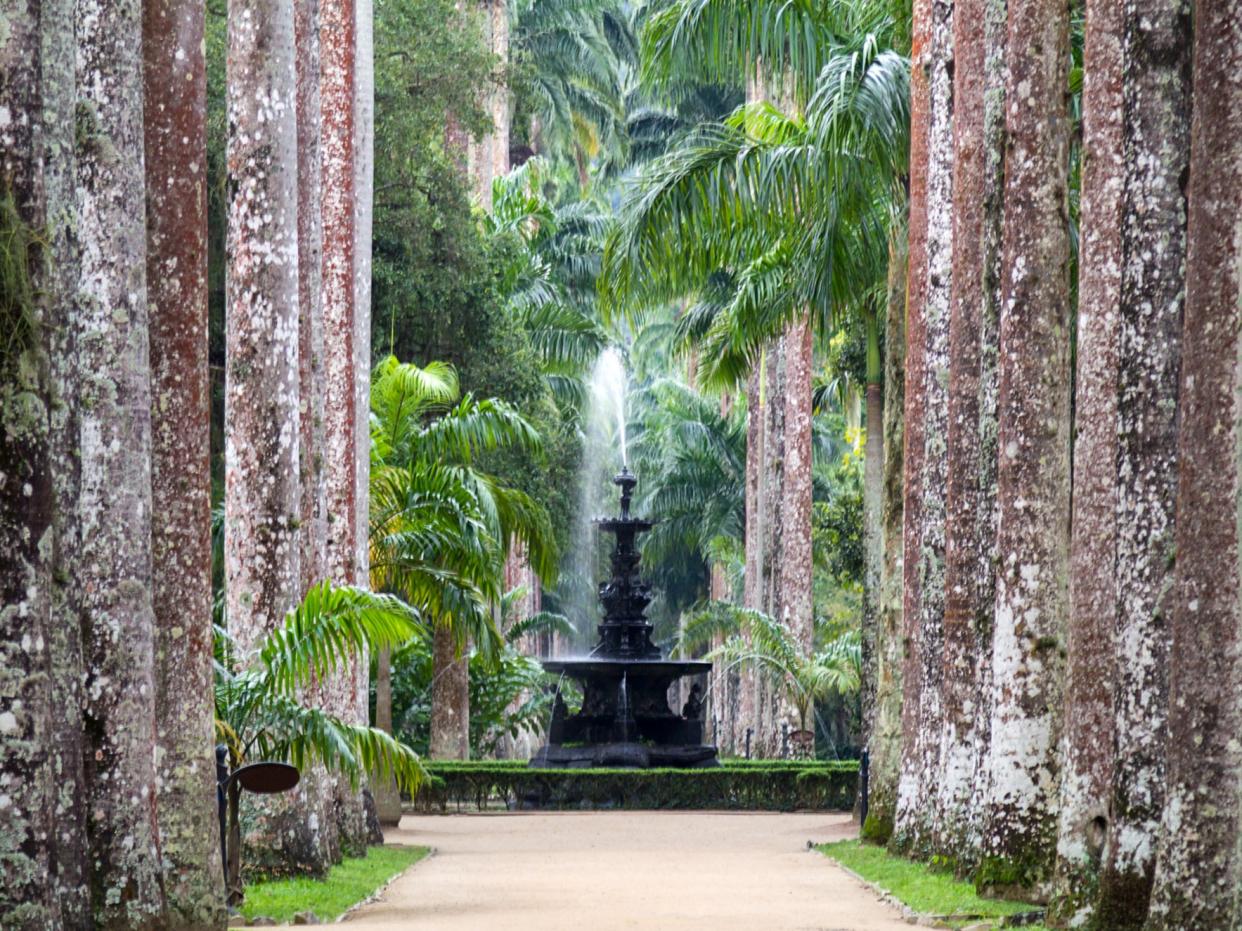
Water fountain at Jardim Botanico in Rio de Janeiro
(Getty/iStockphoto)The global pandemic means that, for the first time in its 108-year history, the Chelsea Flower Show will now take place in September rather than this month. In the meantime, put these spectacular gardens on your itinerary for a floral getaway when travel is allowed again.
Royal Botanic Gardens, Kew, London
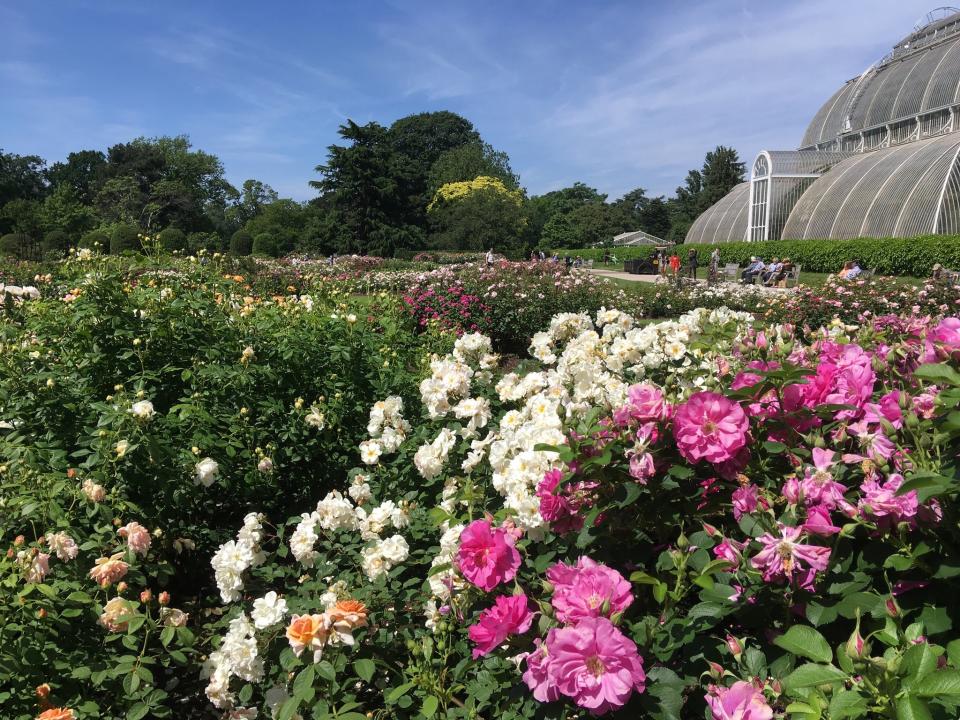
You’ll find over 50,000 plants spread across Kew’s 120 hectares in southwest London, which has been a home for exotic flora since the middle of the 18th century. Private gardens existed here since the 1500s, though. At the time of writing, the gardens are open, although you’ll need to book your entry in advance. But famous attractions such as the Waterlily House, Palm House and Treetop Walkway remain closed for now. Nonetheless, this is a glorious spot in which to wander and picnic on a family day out.
Singapore Botanic Gardens

The botanic gardens were the first Unesco World Heritage Site in Singapore and date back to 1859. They played a key role in developing the region’s cultivation of rubber plants – by the 1920s, Malaysia (of which Singapore was then a part) was producing half the world’s latex. These days they’re a welcome respite from frenetic Orchard Road nearby and as the gardens open at 5am and close at midnight they’re also a good option if you want to shake off jetlag with a walk when temperatures have dropped a bit. The National Orchid Garden, also located here, has more than more than 1,200 species.
Brooklyn Botanic Garden, New York, USA
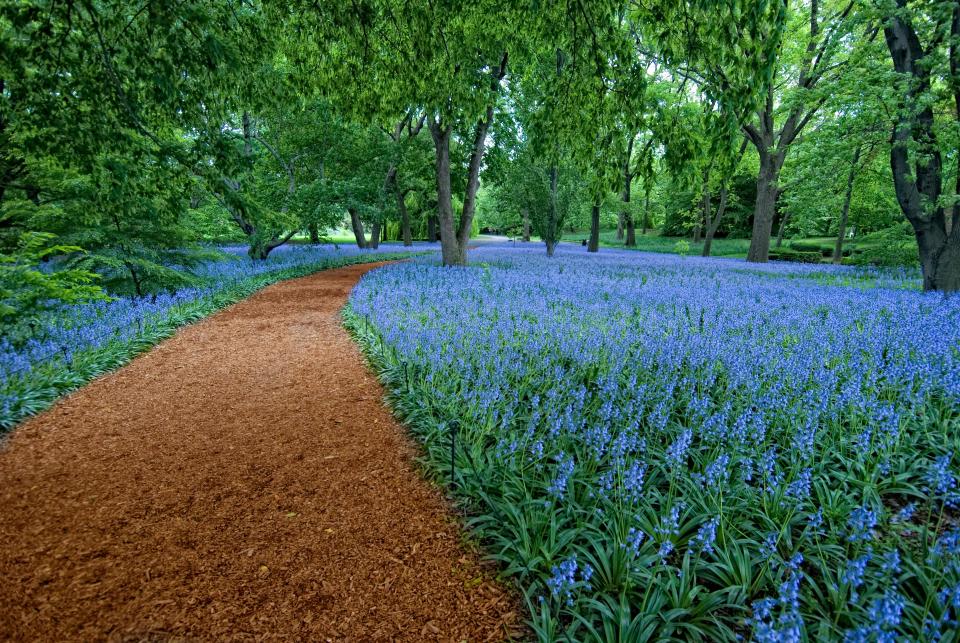
A visit to New York used to mean just Manhattan but these days at least one day in Brooklyn is a must, for the shopping, restaurants and, for those in the know, its 52-acre botanical gardens. Founded 111 years ago, in normal times they attract more than a million visitors annually. The gardens are particularly well known for their cherry trees, the first of which were a gift from the Japanese government and planted after the First World War. The Native Flora garden comes alive in summer, attracting a variety of indigenous insects, as well as migrating and resident birds including hummingbirds, ospreys and red-tailed hawks.
Kenrokuen, Kanazawa, Japan

Kanazawa is a city of 500,000 lies on the west coast of Japan, just a two-and-a-half hours bullet-train ride from Tokyo if you take the futuristic Hokuriku Shinkansen. Kenrokuen, which used to be the outer garden of the city’s castle, is famous throughout Japan and considered to be one of the best landscaped gardens in the country. Various streams and ponds are fed by a sophisticated water system constructed in the 17th century to divert river water while pine trees are protected from heavy winter snowfalls by bamboo poles and ropes arranged into conical shapes.
The Butchart Gardens, Victoria, Canada
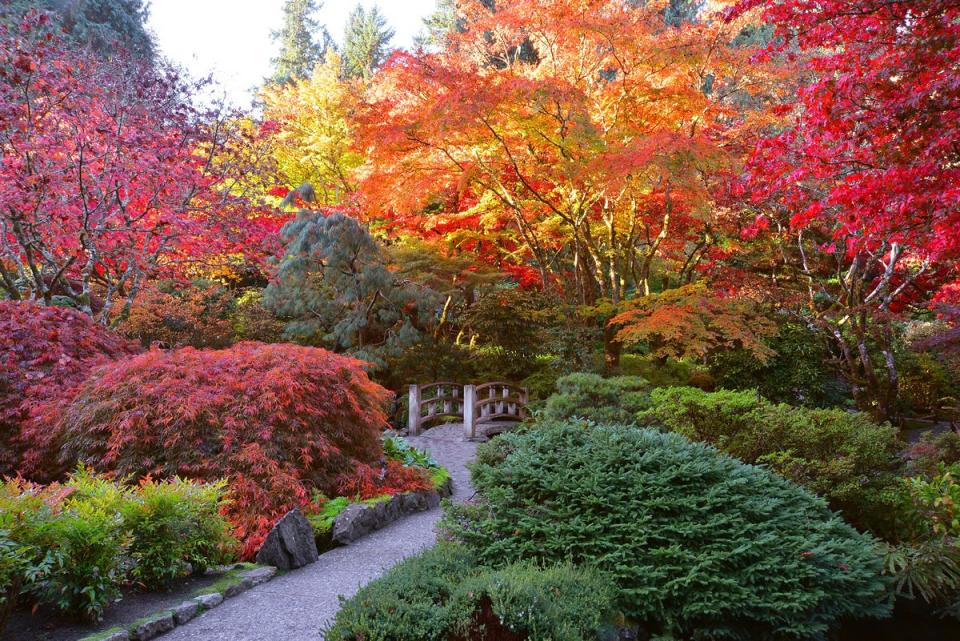
Butchart Gardens on Vancouver Island is named after Jennie Butchart, the wife of a Canadian cement-making magnate who commissioned Japanese garden designer Isaburo Kishida to landscape their limestone quarry in the early 20th century. Over the years the attraction has expanded considerably, and now its 22 hectares contain millions of bedding plants divided into the Japanese, Rose, Sunken, Italian and Mediterranean Gardens, which, until the pandemic, drew more than a million visitors a year.
Keukenhof, Netherlands
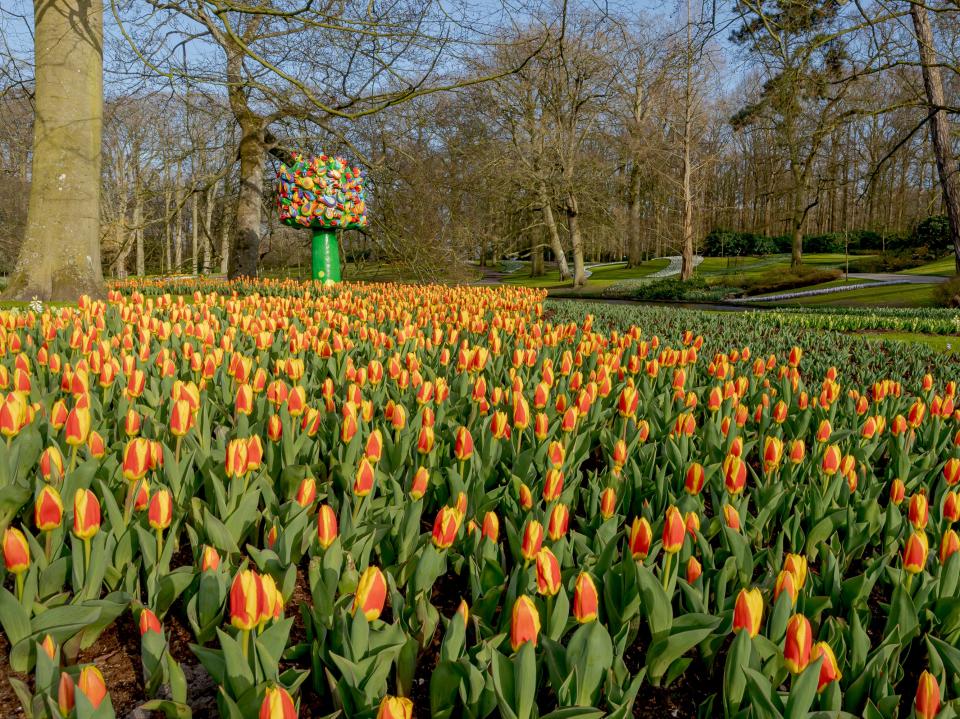
The closest you can get to Keukenhof right now is on YouTube. But in normal times this spot between Amsterdam and The Hague is one of the largest flower gardens in the world. Although it’s best known for tulips, you’ll find roses, irises, hyacinths, daffodils, lilies and carnations, with about seven million bulbs planted every year.
Usually the gardens are open for just eight weeks a year, from mid-March to mid-May, with crowds of around 30,000 turning up every day, so fingers crossed and plan ahead for 2022.
Jardim Botanico, Rio de Janeiro, Brazil
The Jardim Botânico teems with nearly 7,000 species of Brazilian and foreign plant and was founded in 1808 by Portuguese king João VI. Its original purpose was the acclimatisation of spices brought in from the Caribbean, such as cinnamon, pepper and nutmeg, but hoi polloi were allowed in from the 1820s and have been enjoying it ever since. One of the most iconic locations within the garden is the avenue of head-spinningly tall Royal Palms – there are 134 of them, all originally descended from the same tree – and elsewhere on your wander round you might be joined by toucans, marmosets and monkeys.
Kirstenbosch National Botanical Garden, Cape Town, South Africa

In a city that has one of the world’s most picturesque settings, Kirstenbosch takes things to another level, climbing as it does up the eastern slopes of Table Mountain. The gardens were founded in 1913, although agriculture and planting was carried out in the area by Europeans since the 17th century and the Khoikhoi were using the land for hundreds if not thousands of years before that. These days, as well as highlighting the diverse natural flora of southern Africa, residents of the Mother City, as Cape Town is known, flock here on sunny summer weekends for concerts that range from rock to classical, when allowed.
Royal Botanic Gardens, Sydney, Australia
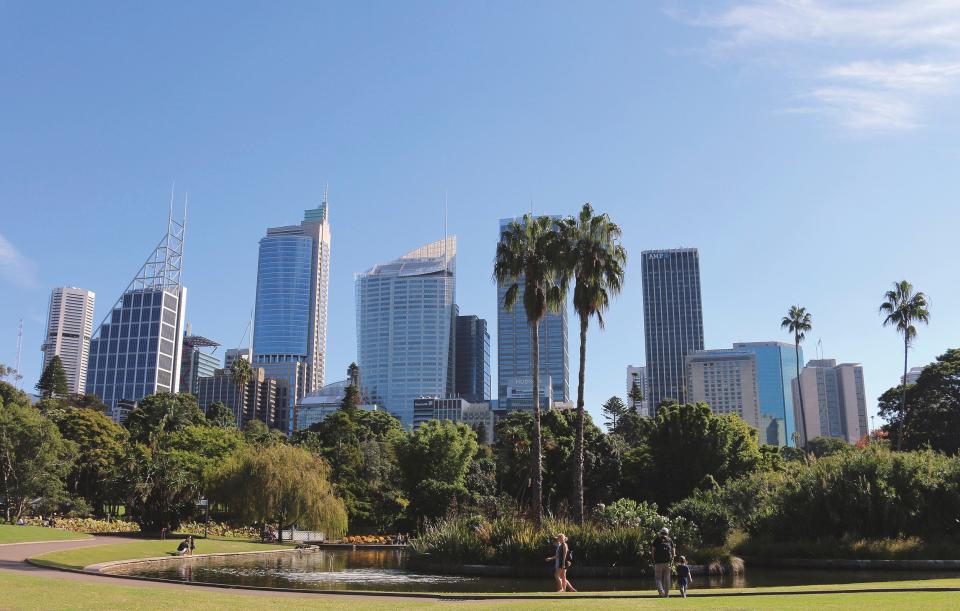
As a tourist, it’s practically impossible not to visit the Royal Botanic Gardens: they’re a natural extension to any wander near the Sydney Opera House, especially if you want to nab that all-important selfie of you, the famous “white sails” and the equally-iconic Harbour Bridge in the background. Opened in 1816, the site is one of the most important botanic gardens in the world and Australia’s foremost showcase for native species. For an often-overlooked perspective on the city, join an Aboriginal tour guide to learn about the Gadigal people, the traditional custodians of the area.
Desert Botanical Garden, Phoenix, USA

Founded by the Arizona Cactus and Native Flora Society shortly before the Second World War, you’ll find more than 50,000 plants here, of which a third are native to the area. There’s a particularly rich collection of cacti and agave and areas dedicated to other harsh, desert environments from Australia to Mexico and South America. A 3,200 sq ft butterfly pavilion reopened four years ago.
Read More
Ryanair boss ‘very optimistic’ about coming months
The world’s sexiest port cities, including Eurovision superstar Rotterdam
What does the EU travel announcement mean for British holidaymakers?

